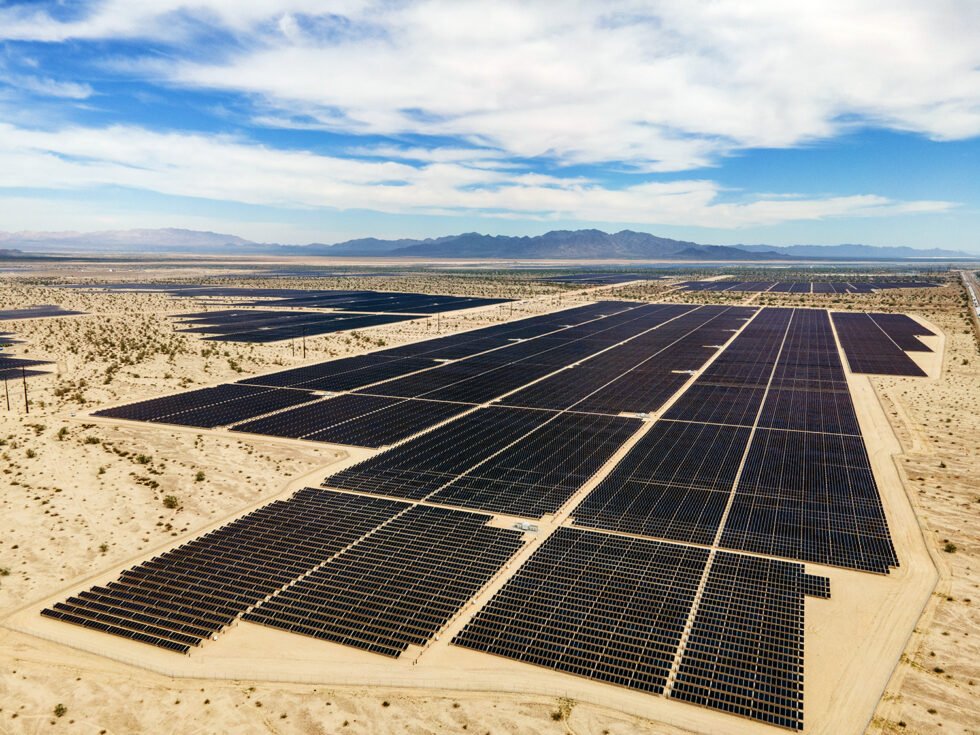
Engie rezoning request denied
The City of San Juan Capistrano was initially introduced to the Compass Energy Storage project in March 2021 after Broad Reach Power (BRP) – now a wholly-owned subsidiary of Engie – submitted a pre-application review of the facility with the city’s Development Services Department.
Saddleback Church, the landowner for the proposed project, filed a rezoning request with city officials in September 2022 which, if granted, would have allowed the developer to obtain a Conditional Use Permit (CUP) for the battery project.
However, progress on the project was seemingly halted after city officials denied the church’s request in November 2022. This was followed by Engie officially withdrawing its application with the city of San Juan Capistrano in February 2024.
In amongst all this, BRP and its entire project pipeline became part of Engie after the French multinational energy company finalised its acquisition of the utility-scale energy storage developer from funds owned by EnCap and Apollo in October 2023, as reported in Energy-Storage.News.
According to Engie’s 2023 annual report, the acquisition included 350MW in operating assets, 880MW of under-construction assets with an expected online date in 2024 and a further 1.7GW longer-term development pipeline across California, Texas and other central areas within the United States.
Objection to CEC jurisdiction
Following Engie’s recent April 2024 application with the California regulator asking for approval of its proposed Compass battery storage project, officials at the city of San Juan Capistrano have spoken out against the CEC’s jurisdiction over the project.
In a 31 May filing lodged with the CEC, city officials argue that AB 205 was not enacted to give developers a “second bite of the apple”, and accuse the developer of looking for “a more favourable project decision” after it was denied through the local planning process.
The CEC online docket used by the regulator to house Engie’s application has also attracted over 100 comment filings from locals with the majority of these opposing the project.
Once the CEC deems Engie’s application complete, it will have 270 days to prepare an environmental impact report (EIR) for the proposed development and make a final decision on whether the project can move forward at a public meeting.
Temporary battery storage moratorium
On 7 May 2024, San Juan Capistrano officials enacted a temporary ordinance prohibiting the development of new battery storage facilities within the city until next April.
According to the ordinance, officials will use the time to “explore adjustments to the City’s General Plan and Zoning Regulations to mitigate the safety risks associated with BESS facilities.” The introduction of the temporary moratorium does not prevent Engie from permitting the Compass project with the CEC, however.
The Compass battery project will utilise lithium iron phosphate (LFP) battery technology and connect to the CAISO grid via San Diego Gas & Electric’s (SDG&E’s) Trabuco – Capistrano 138kV transmission line.
An interconnection agreement for the project has already been secured under the queue request named “Captive Energy Storage” (queue no. 1806).
Intersect Power also goes CEC route for solar-battery-hydrogen project planned with 4.6GWh BESS
Similar to Engie, clean energy company Intersect Power has also chosen to obtain planning permission for one of its renewable developments, known as the Darden Project, through the CEC rather than through the more traditional local route.
Intersect Power’s proposed Darden facility will consist of an up to 1,150MW behind-the-meter solar farm and 4.6GWh BESS hooked up to a 1,150MW green hydrogen generation facility in Fresno County, California.
As reported in Energy-Storage.News, Intersect Power recently brought online its Oberon Solar and Storage project (pictured above) which comprises a 679MWp/500MWac solar PV facility paired with a 250MW/1,000MWh BESS located in Riverside County, California.

